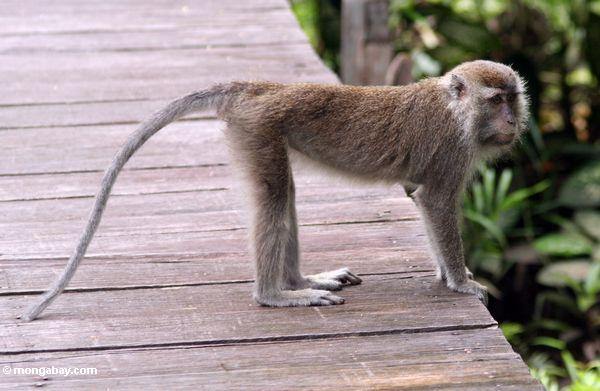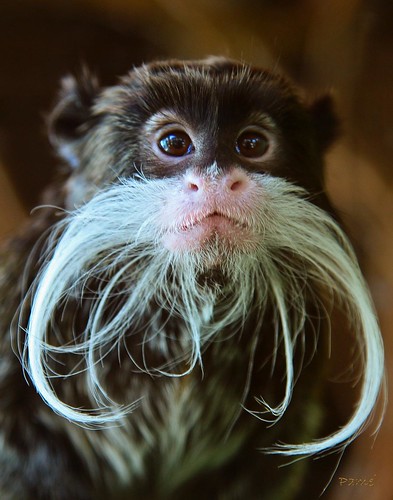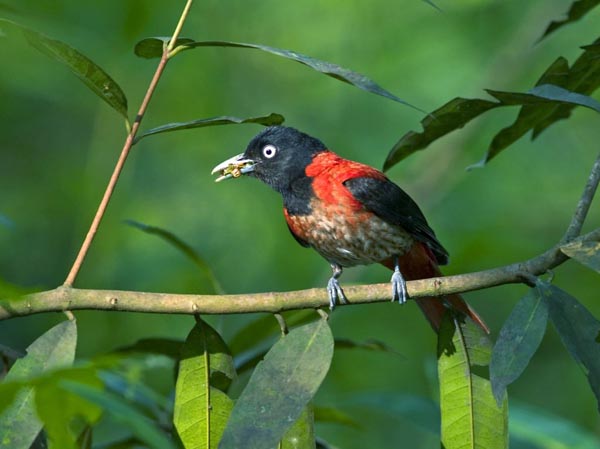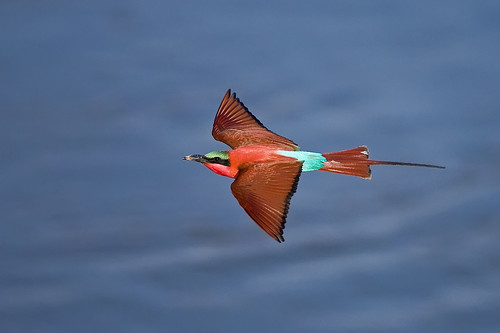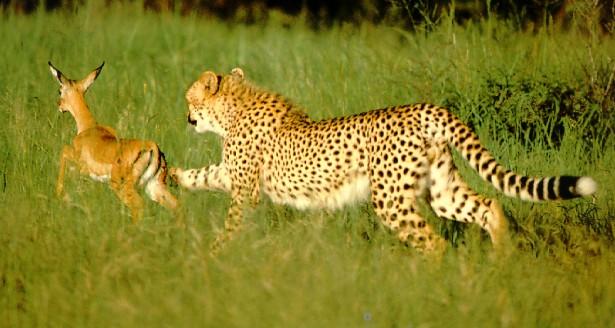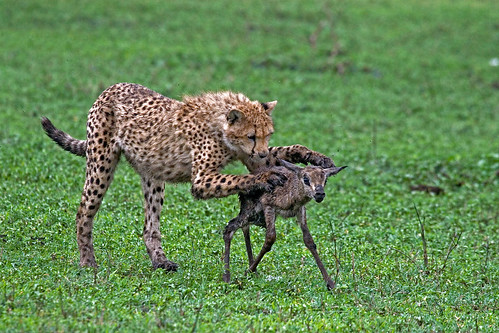
african animals of javan pond heron cranes pictures
 free downloading pics of javan pond crane wiki
free downloading pics of javan pond crane wiki
wallpapers of crane pond-heron youtube
 latest images of javan pond-heron photogallery
latest images of javan pond-heron photogallery
beautiful flying bird javan crane habitat
The Javan Pond Heron is typically 45 cm long with white wings, a yellow bill with a black tip, yellow eyes and legs. Its overall colour is orange, slaty and white during mating season, and brown and flecked with white out of the mating season.
The non-breeding plumage is similar to that of the Chinese and Indian Pond Herons and is virtually indistinguishable in the field.
It breeds from June to September. Its diet comprises insects, fish, and crabs.
Widespread throughout its large range, the Javan Pond Heron is evaluated as Least Concern on the IUCN Red List of Threatened Species.
for different images...




